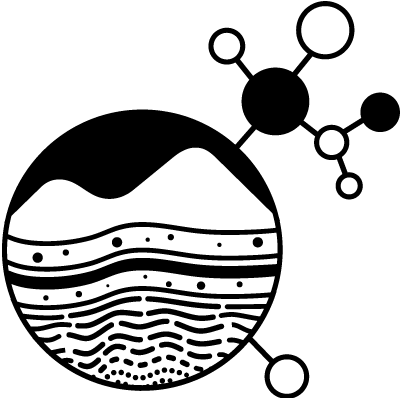November 2017
Undergraduate students in the Computer Sciences Department at the College of Charleston are developing open-source software applications that make it easier to document and register scientific samples in the System for Earth Sample Registration (SESAR) to improve discovery and access to these valuable research resources for future use. The students are working under the direction of Dr. Jim Bowring in the Cyber Infrastructure Research & Development Lab for the Earth Sciences (CIRDLES). Four of the students recently presented their work at the 2017 Geological Society of America Annual Meeting. MARS, Middleware for Assisting with the Registration of Samples, is highlighted below.
MARS: Middleware for Assisting with the Registration of Samples
Tia Curry is the latest student from the CIRDLES lab to work on developing MARS, an open-source, cross-platform desktop and web application that streamlines the bulk registration of samples in the SESAR² sample registry. The application, which is still in development, allows investigators to register samples using their own preferred sample metadata file, rather than having to rearrange sample metadata to fit into the SESAR² batch registration template. Users should also supply a mapping file that maps SESAR² metadata fields to fields in their sample metadata files. MARS takes advantage of existing SESAR² sample registration web services to validate and register samples. Once IGSNs are assigned, they are automatically inserted back into the user’s original sample metadata file, eliminating the need to copy and paste or wait for an email. Check out Curry’s recent presentation about MARS here.
MARS was originally developed to assist with the registration of thousands of legacy cores archived at the Scripps Institution of Oceanography. For Geological Collections Manager Alex Hangsterfer, the time required to rearrange countless spreadsheets worth of metadata in order to upload those spreadsheets to SESAR² was simply not feasible. Although MARS was initially prototyped to facilitate the registration of the Scripps core collection, its highly extensible architecture will allow broad adoption.
The idea for MARS originally came about when Hangsterfer shared her challenges with Bowring and others at the Kickoff Meeting of the EarthCube iSamples Research Coordination Network (RCN) in 2015 and from there, a working group was formed to investigate tools to lower the barriers to use of the International Geo Sample Number (IGSN), the globally-unique identifier for physical samples. The IGSN, itself, has been recognized as an important tool for uniquely identifying samples in the lab and in the literature, as well as for linking samples to data, publications, and funding awards. Because resources can vary widely from one organization to another, open-source and extensible development of tools like MARS is immensely important for facilitating widespread adoption and use of the IGSN. Efforts like the iSamples RCN are also pivotal for providing a forum for diverse stakeholders, like computer scientist Bowring and geological collections manager Hangsterfer, to engage with one another. The RCN also provided modest student support to carry out development.

